Source: Latercera.com
“The solution does not only go through the incorporation of batteries in the electrical system: in order to obtain a balanced and 100% renewable matrix, it is urgently required to give regulatory signals that allow the increase of our flexible base renewable energies such as small and medium hydroelectricity. medium-scale, concentrated solar power plants and also generation through geothermal energy, technologies present in Chile and that generate 24 hours a day with zero carbon emissions, low environmental impact”.
We have recently seen news in the press that shows the rise in costs and fragility that the lower availability of natural gas for generation in the electrical system will imply. This, due to various international factors, such as the war in Ukraine, indicating that the supply of liquefied natural gas for 2023 would have a cut of 18% of what was contractually committed.
As a consequence of the foregoing, an increase in the spot price of energy is expected due to the need to generate, mainly, with more coal and diesel, thus producing a double undesired effect: more expensive electricity production and higher levels of pollution by carbon emissions. The foregoing reminds us of how extraordinarily dependent we continue to be as a country on fossil fuels such as natural gas, coal and oil, but also of how essentially volatile the price of these fuels is in the international market.
Fortunately, our country has been able to advance in the massive incorporation of variable renewable energies such as photovoltaic and wind, but these alone have proven not enough to address the challenge of decarbonizing a highly demanded matrix, which not only requires renewable generation , but rather stability, flexibility and certainty in its production. Renewable energies that generate at those times when there is no sun or the wind does not blow, avoiding transmission saturation during daylight hours, mitigating production ramps as variable energies enter and leave the system (which brings cost overruns for the client end), and also providing the network with other essential attributes for the stability and robustness of the electrical system, such as inertia.
Clearly, the solution through the incorporation of more natural gas plants has shown that by itself it is not the solution to our problems, both due to the risk in the supply, as well as the risk of volatility of its import price, in addition of the restrictions or inflexibilities in its storage, which have ended up being transferred to all other generators, thus affecting free competition.
Thus, the solution does not only involve the incorporation of batteries into the electrical system: in order to obtain a balanced and 100% renewable matrix, it is urgently required to give regulatory signals that allow the increase of our flexible base renewable energies such as small hydroelectricity. and medium-scale, concentrated solar power plants and also generation through geothermal energy, technologies present in Chile and that generate 24 hours a day with zero carbon emissions, low environmental impact, which provide inertia and other necessary services for the stability and security of the electrical system, and that do not originate lateral payments for the final consumer, nor are they exposed to external factors or uncertainty in terms of supply of primary resources and prices. The time has come to reassess our flexible base renewable energies, achieve independence from external fossil sources and move resolutely towards carbon neutrality.
* The authors are Rafael Loyola, executive director, Association of Small and Medium Hydroelectric Power Plants; Cristián Sepúlveda executive manager, Concentrated Solar Power Association and Carlos Jorquera, president of the Geothermal Energy Council.

